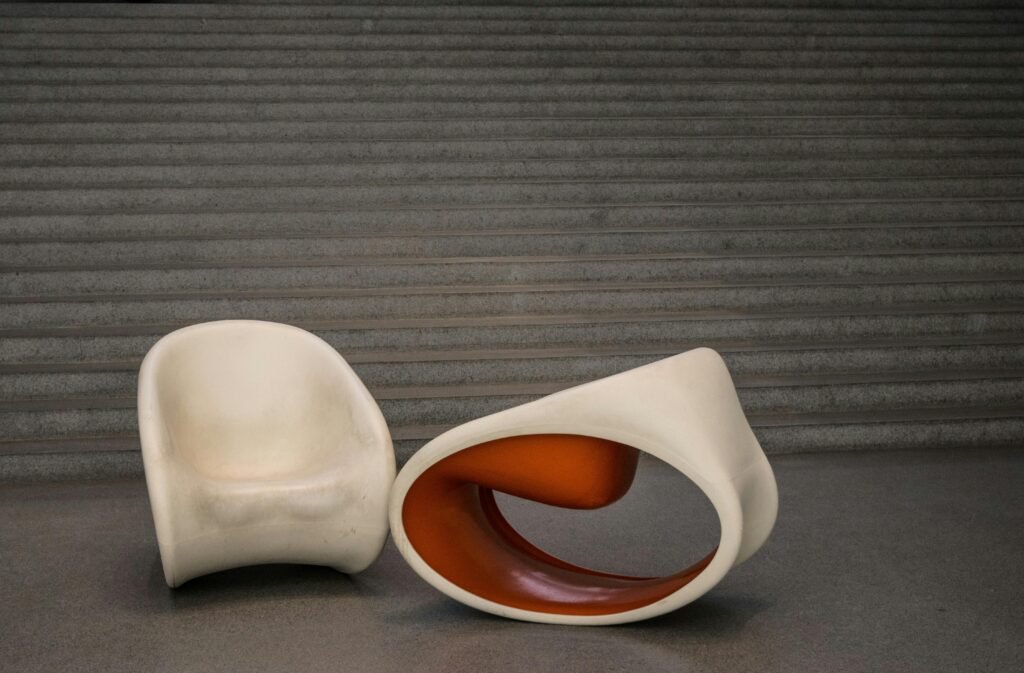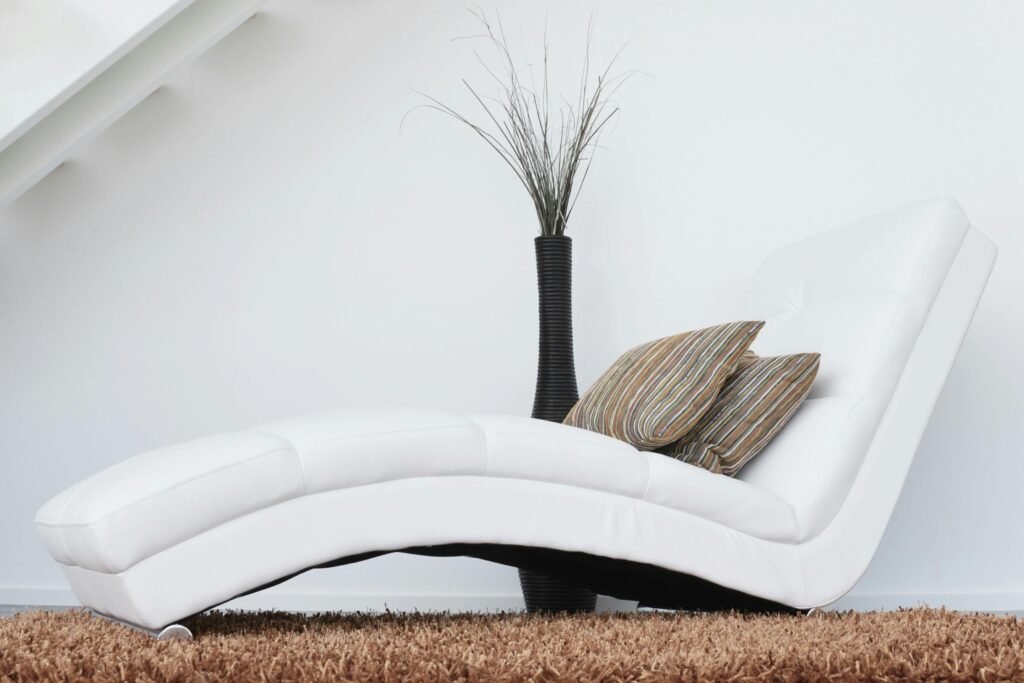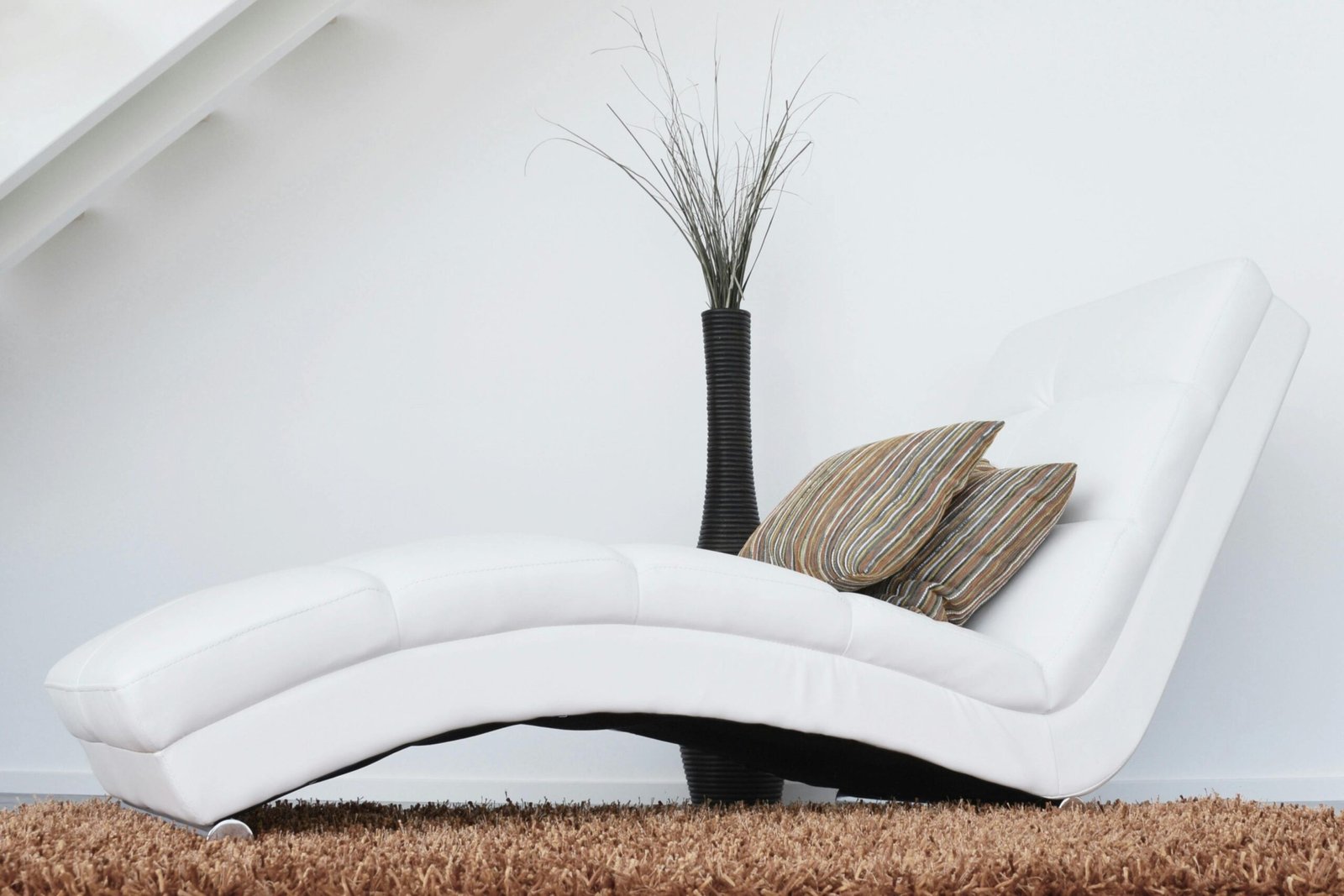Keeping your chairs in top-notch condition is essential for their longevity and continued comfort. This proper maintenance guide for chairs will provide you with valuable tips and techniques to ensure that your chairs remain in great shape for the long haul. Whether it’s regular cleaning, addressing minor repairs, or implementing preventive measures, following these guidelines will not only enhance the lifespan of your chairs but also keep them looking as good as new. So, roll up your sleeves and get ready to give your chairs the care they deserve!

This image is property of images.pexels.com.
Cleaning
Proper cleaning is essential for maintaining long-lasting chairs. Regularly removing dust and stains will not only keep your chairs looking clean and fresh but also help extend their lifespan.
Dust Removal
Start by dusting off your chairs using a soft cloth or a duster. Make sure to pay attention to every nook and cranny, including the corners, crevices, and underneath the seat. Dust buildup not only dulls the appearance of your chairs but can also lead to scratches on the surface.
Stain Removal
Accidents happen, and stains are inevitable on chairs, especially if you have kids or pets. To effectively remove stains, start by blotting the affected area with a clean cloth or paper towel. Avoid rubbing the stain, as it may spread and become more difficult to remove.
For fabric upholstery, you can use a mild soap solution or a fabric cleaner specifically designed for upholstery. Gently dab the stain with the solution, and then blot with a clean cloth until the stain disappears.
When dealing with leather upholstery, use a mild leather cleaner and a soft cloth. Gently apply the cleaner to the stain and wipe it off. Remember to follow the manufacturer’s instructions for cleaning leather to avoid damaging the material.
Inspection
Regular inspections are crucial for identifying and addressing any issues or damage before they worsen. By checking your chairs for loose screws, cracks, or other damage, you can prevent further deterioration and ensure the safety and stability of the chairs.
Checking for Loose Screws
Inspect your chairs regularly to ensure that all screws and fasteners are securely tightened. Loose screws can cause instability and potential accidents. Using a screwdriver, tighten any loose screws you find, paying special attention to the joints and connections.
Examining for Cracks or Damage
Carefully examine the chairs for any cracks, fractures, or other signs of damage. This includes both the wooden and metal parts, as well as the upholstery. Cracks can compromise the structural integrity of the chair, and damage to the upholstery can lead to further deterioration. If you notice any cracks or damage, take immediate action to repair or replace the affected parts.

This image is property of images.pexels.com.
Repair
Addressing repairs promptly can significantly prolong the lifespan of your chairs and prevent further damage. Simple repairs like tightening loose screws or patching cracks can be done by yourself with minimal tools and expertise.
Tightening Loose Screws
As mentioned earlier, loose screws can compromise the stability of the chair. To tighten them, use a screwdriver of the appropriate size to turn the screw clockwise until it is securely fastened. Be careful not to overtighten, as it may strip the threads or damage the material.
Gluing or Patching Cracked Parts
In the case of cracks or damage to the chair’s structure, you can often repair them with glue or patches, depending on the material. Apply a suitable adhesive to the cracked area and press the pieces together firmly. Ensure that the adhesive is designated for the specific material of the chair. For wooden chairs, you can also use wood fillers to fill in smaller cracks and then sand and refinish the area for a seamless look.
Upholstery Care
Upholstered chairs require special care to maintain their appearance and comfort. Regularly vacuuming the upholstery, treating stains promptly, and conditioning leather upholstery are essential steps in preserving their beauty.
Vacuuming Upholstery
Dust and debris can accumulate in upholstery fibers, diminishing the overall look of your chairs. Using a vacuum cleaner with a brush attachment, gently vacuum the upholstery to remove loose dirt and dust. Start from the top and work your way down, paying attention to the crevices and folds.
Treating Stains on Fabric
When a stain appears on fabric upholstery, act quickly to prevent it from setting in. Blot the stain with a clean cloth or paper towel to absorb as much of the liquid as possible. Avoid rubbing or scrubbing the stain, as it may push it deeper into the fabric. To treat the stain, use a fabric cleaner or mild soap solution and gently dab the stained area. Continue blotting until the stain is removed, and then allow the fabric to air dry.
Conditioning Leather Upholstery
Leather upholstery requires proper care to maintain its suppleness and prevent cracking. Regularly conditioning the leather will keep it moisturized and protected from drying out. Use a leather conditioner recommended by the manufacturer and apply it with a soft cloth or sponge. Gently rub the conditioner into the leather in circular motions, focusing on areas that are more prone to wear.

This image is property of images.pexels.com.
Wooden Chair Care
Wooden chairs bring a timeless elegance to any space, and proper care is crucial for preserving their natural beauty. Regular dusting and periodic polishing or waxing will help protect the wood from scratches and maintain its luster.
Dusting Wooden Surfaces
Dust buildup can dull the appearance of wooden chairs and make them look worn out. To prevent this, dust your chairs regularly using a soft, lint-free cloth or a feather duster. Pay attention to all the surfaces, including the legs, backrest, and seat. Dusting not only keeps your chairs looking clean but also prevents scratches that can occur when dust accumulates.
Polishing or Waxing Wooden Chairs
Periodically, it is essential to polish or wax your wooden chairs to enhance their natural beauty. Before applying any polish or wax, ensure that the wood is clean and free of dust. Using a soft cloth, apply wooden furniture polish or wax following the manufacturer’s instructions. Gently rub the polish or wax onto the surface, focusing on small sections at a time. Once applied, buff the chairs with a clean cloth to bring out the shine and protect the wood from wear and tear.
Metal Chair Care
Metal chairs are known for their durability and modern aesthetic. However, they can be susceptible to rust if not properly maintained. Removing rust and applying a protective coating will keep your metal chairs looking sleek and prevent further corrosion.
Removing Rust
If you notice rust on your metal chairs, it is crucial to remove it promptly to prevent it from spreading and causing further damage. Use a wire brush or sandpaper to scrub away the rust, focusing on the affected areas. Afterward, wipe off any residue with a damp cloth. For stubborn rust stains, you can use a rust remover product following the manufacturer’s instructions. Once the rust is removed, make sure to thoroughly dry the chairs before applying any protective coating.
Applying Protective Coating
To prevent future rusting and corrosion, apply a protective coating to your metal chairs. There are various metal-specific coatings available, such as clear lacquer or metal sealants. Follow the instructions provided with the coating product to ensure proper application. Apply a thin and even layer, focusing on areas that are more exposed to moisture or potential damage. The protective coating acts as a barrier, keeping your chairs resistant to rust and giving them a longer lifespan.
Cushion Care
Cushions provide additional comfort to your chairs and require regular care to stay clean and plump. Fluffing and rotating the cushions and promptly cleaning and treating stains will ensure they remain in good condition.
Fluffing and Rotating Cushions
To maintain the shape and comfort of your cushions, it is important to regularly fluff and rotate them. Fluffing involves manually redistributing the fillings inside the cushion to prevent them from becoming flat or lumpy. Gently hit or knead the cushions to fluff them up and evenly distribute the filling material. Additionally, rotating the cushions will prevent uneven wear and extend their lifespan. Flip them occasionally or switch their positions to distribute the weight evenly.
Cleaning and Treating Stains
Accidental spills and stains on cushions are unavoidable. Promptly clean and treat any stains to prevent them from setting permanently. Start by blotting the stained area with a clean cloth or paper towel to absorb as much liquid as possible. Avoid rubbing the stain, as it may cause it to spread. Depending on the fabric or material, use a suitable stain remover or mild soap solution to treat the stain. Gently dab the cleaning solution onto the stain and continue blotting until the stain fades away. Allow the cushion to air dry completely before using it again.
Storage
Proper storage of chairs is crucial when they are not in use for an extended period. Whether you are storing them during the off-season or temporarily moving them, taking the right precautions will prevent damage and maintain their quality.
Proper Storage to Prevent Damage
When storing chairs, it is important to protect them from dust, moisture, and other potential hazards. Start by thoroughly cleaning and drying the chairs before storage. Next, disassemble any removable parts, such as cushions or legs, to facilitate easier and space-efficient storage. Wrap the disassembled parts carefully in bubble wrap or plastic to protect them from scratches or damage.
Store the chairs in a dry and well-ventilated area, away from direct sunlight and extreme temperatures. If stacking the chairs, place a protective layer, such as a cloth or felt, between each chair to prevent scratches. Avoid leaning or piling other items on top of the chairs, as they can cause structural damage. By following these storage guidelines, your chairs will remain in excellent condition until their next use.
Avoiding Damage
Preventing damage to your chairs should be a priority to maintain their longevity and appearance. By implementing some simple preventative measures, you can ensure that your chairs stay in top-notch condition.
Keeping Chairs Away from Direct Sunlight
Direct sunlight can cause fading, drying, and discoloration of certain materials, including upholstery and wood finishes. Position your chairs away from windows or other areas where they are exposed to direct sunlight for extended periods. If it is not possible to avoid sunlight entirely, consider using window treatments, such as curtains or blinds, to filter or block the UV rays.
Using Coasters or Placemats
To protect wooden or metal surfaces from scratches, watermarks, or heat damage, always use coasters or placemats when placing items on your chairs. Coasters provide a barrier between the item and the surface, preventing scratches caused by rough or abrasive materials. Placemats protect the chair from spills, stains, and heat marks that can occur during meals or other activities.
By incorporating these simple habits into your daily routines, you can minimize the risk of damage and keep your chairs looking their best for years to come.
Professional Maintenance
While regular maintenance can go a long way in preserving the condition of your chairs, there may be times when professional assistance is necessary. Hiring a professional for deep cleaning or repair can help address issues that may require specialized knowledge or equipment.
Hiring a Professional for Deep Cleaning or Repair
If your chairs require extensive cleaning or have significant damage that you are unable to repair yourself, consulting a professional is a wise decision. Professional cleaners have the expertise and tools to deep clean and restore chairs using appropriate methods and products. Additionally, for intricate repairs or structural issues, a professional furniture repair service can provide the necessary expertise and ensure proper restoration.
When choosing a professional service, ensure they have a good reputation and experience in chair maintenance. Research customer reviews and consult their portfolio if available. By entrusting your chairs to professionals, you can be confident in their expert care and attention to detail.
In conclusion, proper maintenance is essential for prolonging the lifespan of your chairs and preserving their beauty. Regular cleaning, inspections, repairs, and upholstery care are all crucial aspects of chair maintenance. Additionally, implementing preventative measures, proper storage, and seeking professional assistance when needed will ensure that your chairs remain in excellent condition for years to come. By following this comprehensive maintenance guide, you can ensure that your chairs bring both comfort and style to your living spaces for an extended period.
